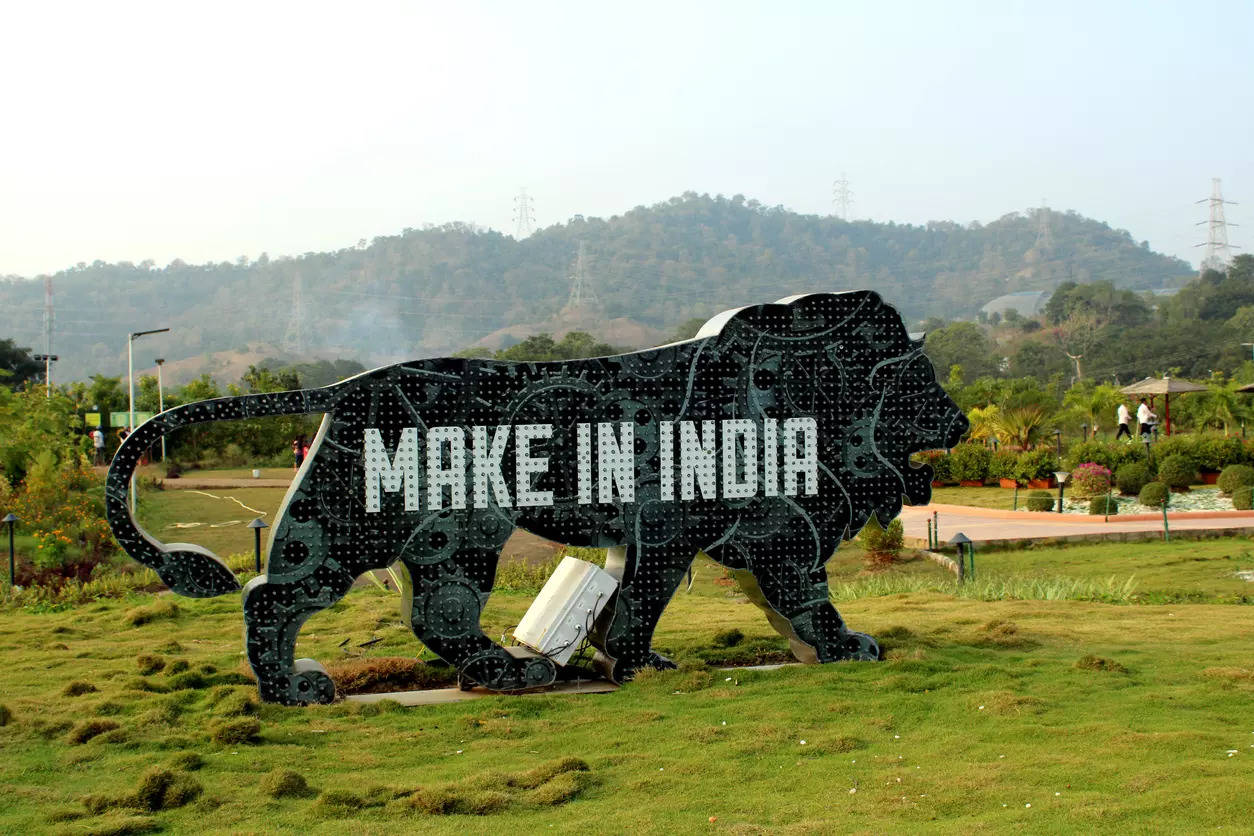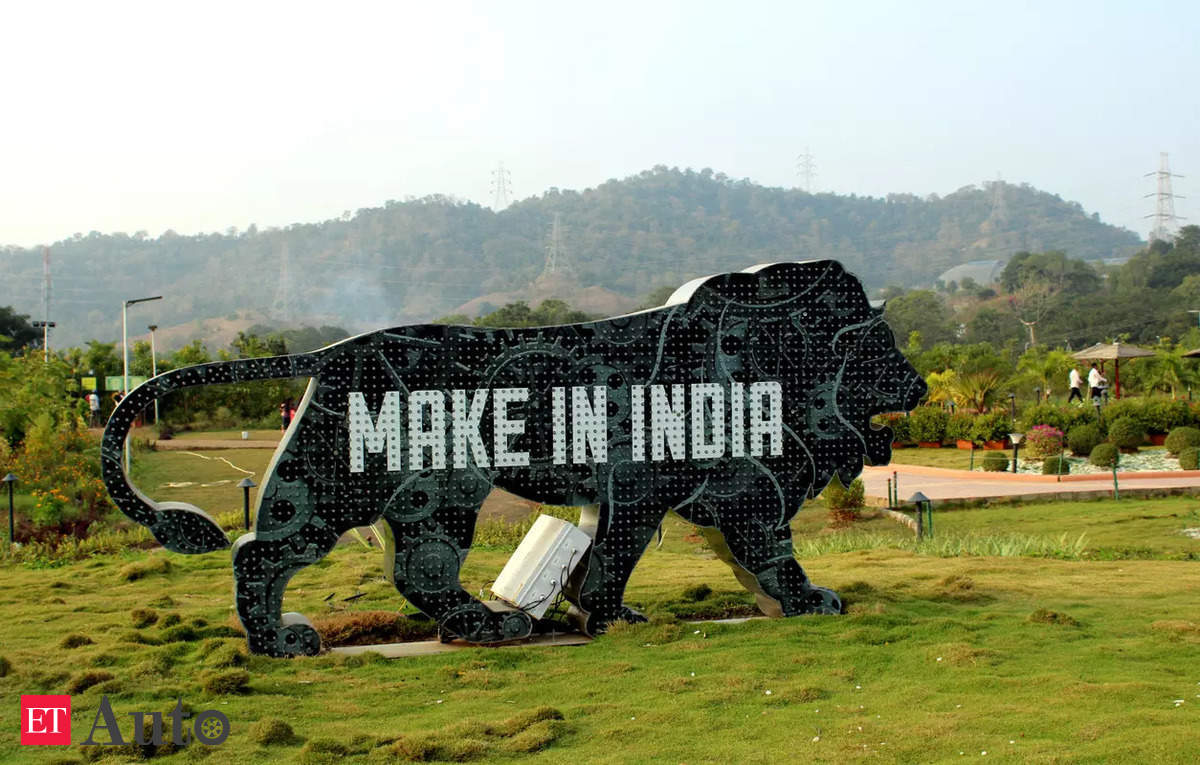
New Delhi: Lithium ion batteries are Mainly used for high-energy density applications in the automotive segment. These batteries are also used for storage. Li-ion batteries can be used for up to four-hour-long applications, but 8 hours is still a big challenge and that need is currently served by digi-gensets. Scientists are trying Vanadium redox flow batteries, besides zinc and bromine-based chemistries, but these experiments will take time to mature. People are exploring fuel cells, too, but ROI for businesses is a challenge. So, Li-ion batteries are currently used with micro-grid storage.However, Li-ion batteries have their own challenges. Following the Russia-Ukraine war, Li-ion battery prices have shot up by more than 30% in China. And when China hikes price, all prices go up in the battery domain. There are technologies other than Li-ion, which include sodium and hydrogen fuel cell, which can be good alternatives for grid storage application. Manufacturability has a key role because, in the end, battery technology must be cost-effective, sustainable and safe. Experiments are on and, maybe, in the next two-three years, we will get more mature solutions.
Although new technologies are coming up, we are yet to adopt them. One must have a holistic view of things. There are different kinds of software, such as SolidWorks, Ansys and Catia for designing batteries. But, while considering manufacturability, things can vary immensely. A skilled workforce is a big challenge and people need to be trained to work on high-voltage systems of the order of 350-800V. So, besides on-the-job training, I would encourage universities to include some hands-on training also in the curriculum to boost the sector and industry.
Lithiumreserves in J&K
The discovery of new lithium reserves in Jammu and Kashmir can be a potential game changer for the country and the world. Lithium reserves are rare, with only 98 million tonne currently existing worldwide. India has now discovered around 5.5% of these resources, marking the start of a new era for the country’s expanding electric vehicle (EV) industry, as well as for the world, as a whole. The discovery is significant because lithium is a critical resource now. Li-ion batteries have become the driving force behind the revolution in smartphones, tablets and other smart devices.
A Li-ion battery’s maximum energy storage capacity per kg makes it the perfect choice for electric vehicle manufacturers because of its capacity to store massive amounts of energy and unbelievably low weight. Following the discovery Union minister Nitin Gadkari had said if India can use the recently discovered lithium reserves in J&K, it can become the world’s number-one automobile manufacturer in the EV segment.
When India becomes truly dominant vis-à-vis world competition, such as China, we can push for ‘Make in India’. There are many good startups maturing into good companies in the EV domain, such as Ather Energy. Big companies in India make complex products, such as Battery Management System (BMS) for automakers like Volkswagen or Audi. It is time they started making it for Indian OEMs. My message to everyone is to buy electric since it goes lighter on the carbon footprint and it is our responsibility to pass on a safer environment to the next generation. The question of range will be resolved in due time. Although prices are currently high, the overall ROI is very competitive and lucrative.
Benefit for Indian economy
The discovery of new lithium reserves in J&K can benefit the Indian economy in several ways:
·Less dependence on imports
·Job creation
·Growth for EV sector
·Reduce cost of Lithium-ion batteries
·Can develop new industries
·Sustainable industry
For long, India has been dependent on the import of Li-ion cells or battery packs for all uses, including EVs. With the discovery of the lithium reserves in J&K, India’s dependence on imported Li-ion batteries could be significantly reduced. The reserves will help meet the demands of India’s expanding EV industry as the country seeks to become more self-sufficient and less reliant on China for battery supplies. But it will take at least a few years for that lithium to become usable. Till then, India will have to continue importing lithium from Australia, Chile and the African region.
(Disclaimer: Yashodhan Gokhale is CTO at Battrixx that produces green energy systems and solutions with advanced lithium-ion battery packs. Views are personal)









